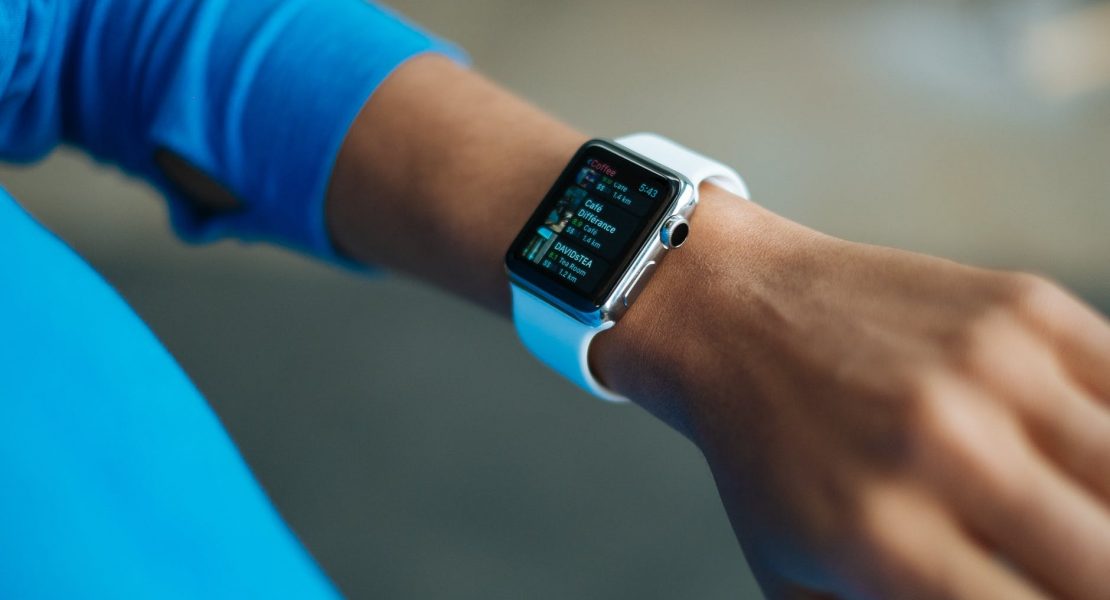If there have been two trending topics in the world of FM over the past year or two, they would be the Internet of Things and wellbeing. The former has dominated conversation about smart buildings, with sensors revolutionising everything from energy management to room booking.
The latter has become a more integral focus with the rise of data analysis. With UK productivity in particular lagging behind the rest of the world, businesses are starting to consider the mental and physical health of employees as a contributing factor. The solution may be closer than anyone realised – and it’s got everything to do with the IoT.

Smart buildings weren’t initially very smart, at least not by 2017 standards. The idea was purely to automate processes that were presently carried out by facilities managers, property managers and their armies of maintenance staff.
The hope was that by centralising the systems controlling lighting, energy, ventilation and sanitation, FMs could save time and money that would be better invested elsewhere. The focus was more on improving the footprint of the building than improving the experience of the people inside it.
Smart buildings really stepped up a notch with the advent of the Internet of Things. Suddenly the potential existed not just to control systems in relative isolation, but to interlink them. Instead of turning off the heating at a certain time, it could be turned off when a room reaches a certain temperature, and turned on in anticipation of an upcoming meeting.
What’s more, the heating data could be cross-referenced with power usage, or even rates of illness, helping to identify complex patterns between wellbeing and productivity. The ability to capture, process and analyse all of this data led to a sudden realisation: businesses could now self-assess and address inefficiencies that they didn’t previously know existed.
At this point, none of this is unknown, though it remains for much of it to be implemented. Perhaps seeking a new technological buzz, some businesses have moved into a new and related field: that of wearables. It’s a logical leap, as wearables are in essence portable sensors. The only difference is that the data they capture is from people instead of things.
Simply put, wearables are any digital device that you wear, as opposed to just carrying them around. These can include clip-on sensors, watches, glasses, or other peripherals designed to collect and/or display data outside of the context of a mobile phone (although they may also connect with a phone for additional functionality).
It may surprise you to learn that as of 2016, businesses had already distributed 202 million wearables to their employees. These range between everything from smartwatches, to augmented reality (AR) glasses, to custom-built NFC chips and readers. One cruise line now distributes NFC wristbands to customers, allowing them to make reservations, and showing cleaning staff when they have left their cabins.
IoT-linked hats can now detect fatigue in truck drivers, ensuring that they don’t fall asleep at the wheel. Air quality detection and vitals readings are already being explored for the mining sector, while networked ‘panic buttons’ have already been deployed in a number of dangerous industries. Baby monitors in hospitals meanwhile can now send data on dozens of infants to a single hub, showing any irregularities or issues at a glance.
More usually, however, businesses are aiming to train staff, and keep them healthier. Virtual reality headsets are being used to train everyone from postal workers to American football players. Fitness trackers meanwhile are being issued to incentivise exercise, with the goal of reducing stress and the incidence of long-term illness. Data on the number of steps taken or weight lost is collected by the business, which then offers bonuses or perks, such as healthy food vouchers.
As the standard bearers for this technology, however, businesses also need to be mindful of the risks it poses. One major consideration is data privacy. Some employees report having been given wearables with no kind of contract or terms and conditions, and being surprised at the data that was being collected. Others report personal information such as their weight being freely available for other colleagues to view, and even weight loss being made into a competition.
The other consideration is data security. As with typical IoT sensors, different wearable devices will have different security protocols, update cycles, and encryption types when sending their data; some may have no encryption at all. Not only is people’s personal information at stake, but the network could potentially be compromised through an unsecure wearable device.
The IoT and technologies like it offer massive possibilities in terms of collecting usage data, and applying this to optimise almost every aspect of your day-to-day operations. But it’s important that businesses stop and consider each step before it swallows them whole. Big data is, after all, a big responsibility. No matter what your Fitbit says, don’t run before you’ve learned to walk.
—
This post was contributed by SAMS Ltd, a health and safety consultancy & training company based in Kent, England. SAMS offers a variety of health and safety courses online, as well as classroom courses, business advisory services and event management.




